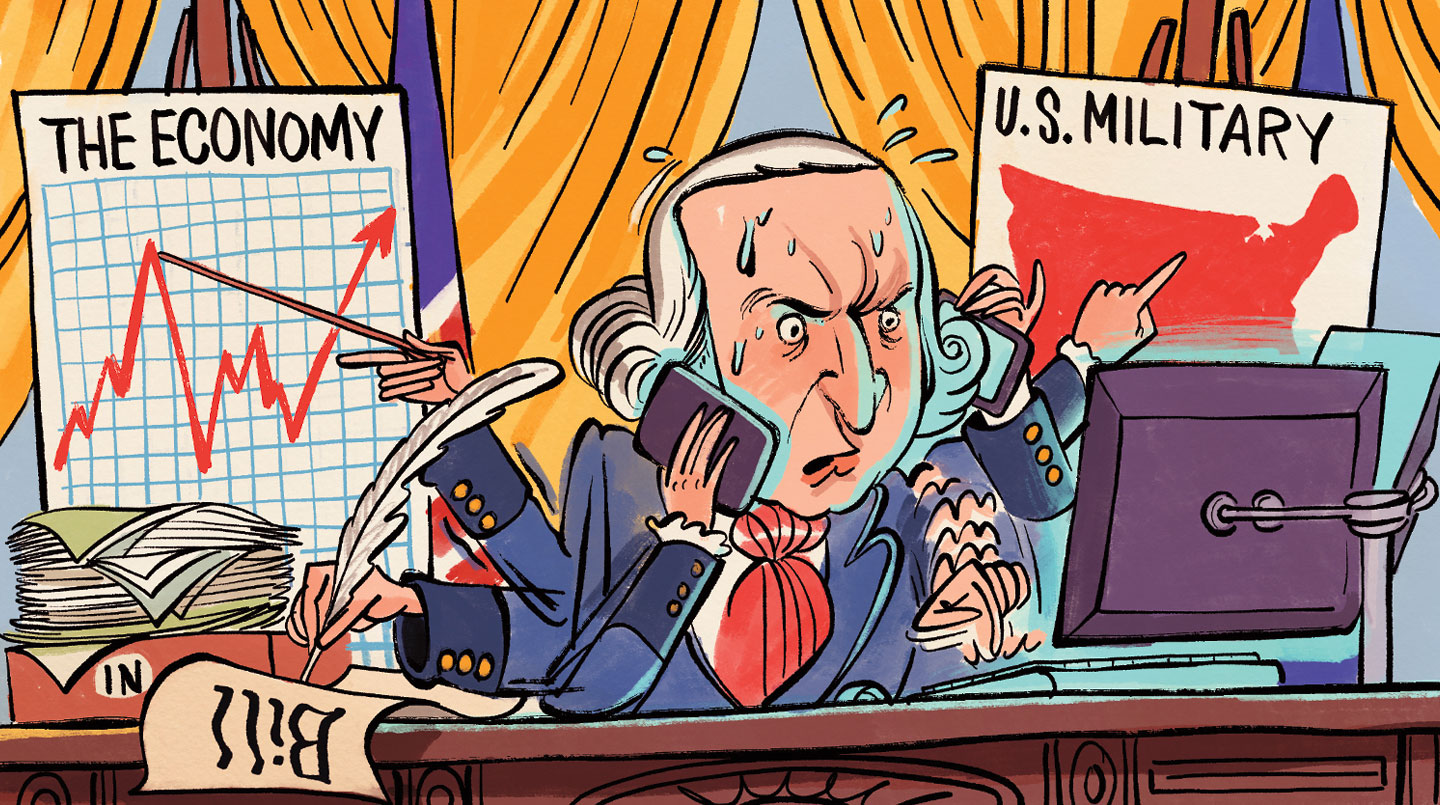Scenario Practice
Remember back to our discussion about the new format for the AP Test; an argumentative essay, and the scenario essay. We have already practiced the argumentative essay, and we will one more time next week. Today, we are going to practice the second essay which is the Scenario Question.
We are going to do this by furthering the scenario that we talked about last week involving that "virus" that spread to the United States from East Asia. The situation has evolved now. A company has a cure, but there is a problem...
Activity #1: Scenario Practice
Answer the following prompt in your notebooks...
Consumers complained after vaccine maker Gilead Pharmaceuticals “hiked the price of the emergency vaccine for COVID-19 by $100 in recent months for no obvious reason. The price has increased 450 percent since 2008, when a dose cost $100 in today’s dollars, to its current price of more than $600. . . . The medication itself isn’t expensive. Analysts calculate that the dosage contained in a single vaccination is worth about $1.”-Washington Post, April 23, 2020
After reading the scenario, respond to A, B, and C below:
(A) Describe a power the Bureaucracy could use to address the comments outlined in the scenario.
(B) In the context of the scenario, explain how the use of Bureaucratic power described in Part A can be affected by its interaction with the Judiciary (Federal Courts including the Supreme Court).
(C) In the context of the scenario, explain how the interaction between the Bureaucracy and the Judiciary can be affected by linkage institutions. (Remember: Linkage institutions are the things that connect people to the government, interest groups, media, political parties, voting etc...)






